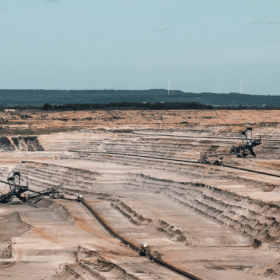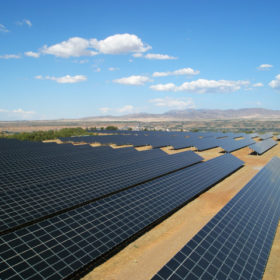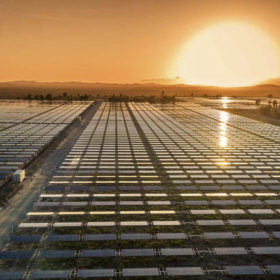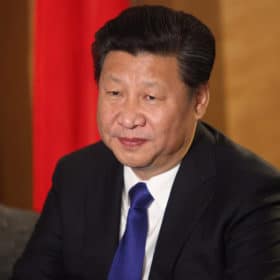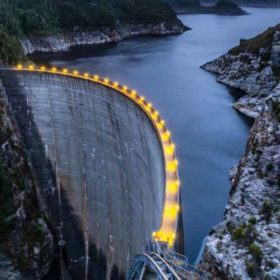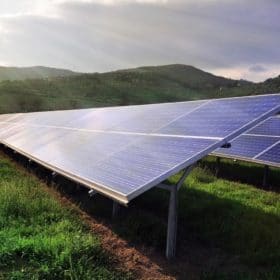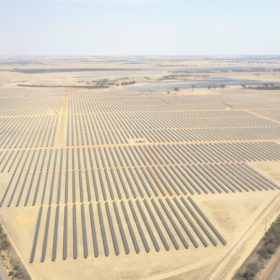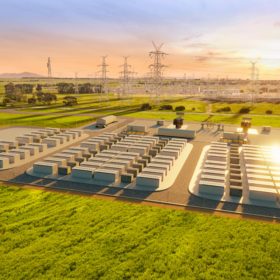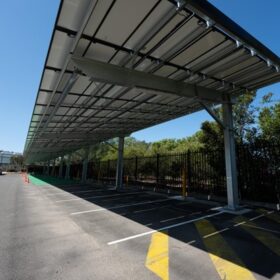Time for decisive action: Energy Security Board’s NEM reform focus
Energy Security Board Chair, Dr Kerry Schott, says Australia’s NEM is “no longer fit for purpose,” urging governments and market bodies to make “tough, united, decisions” to address lingering problems.
Centre-right think tank demands emissions-reduction agenda
Australia needs an orderly, least-cost, lowest-disruption transition to renewable energy. Set a target. Retire coal. Support displaced workers. Get it done. The Blueprint Institute’s new report is surely 2020’s last logical word in calling the Federal Coalition to action.
Growing renewable capacity drives energy bills down to 2022/23
The Australian Energy Market Commission’s latest annual Residential Electricity Price Trends report shows costs reducing as renewable build out replaces inefficient coal-fired generation, and more lowest-cost renewable supply is on the way.
2020 Year in Review
Soon 2020 will only be a worry to future high-school history students. But when they ask us if anything good at all happened in 2020, remember this review and tell them that solar PV shone in the darkness. Despite the mess of it all, 2020 has been another good year for Australian solar. The industry has demonstrated resilience, and significant progress has been made in the fields of energy storage, green hydrogen and others.
SA envisions becoming clean energy exporter with 500% renewables in new climate plan
South Australia could generate five times more renewable energy than the state currently demands by 2050, positioning itself as a national and even international exporter of clean energy. The SA government today released its climate Action Plan, adding to the chorus of state announcements.
Solar stocks rise as President Xi pledges 1.2 TW of renewables capacity in 2030
The Chinese leader has revealed some details of his nation’s commitment to go carbon neutral by 2060. That solar and wind power promise could even prove to be a conservative estimate, according to the nation’s solar industry.
Morrison commits additional $94m to Tasmanian underwater electricity cable
New electricity linkages will be created between Tasmania and the mainland after the state became the latest to have its renewables projects fast tracked and given funding by the federal government.
Australia’s leading solar research centre gets majorly overdue $19 million grant
For the first time in years, the Australian Centre for Advanced Photovoltaics (APAC) has received a major grant. The Australian Renewable Energy Agency has funded APAC to the tune of $19 million with the goal of reasserting Australia’s place at the forefront of solar technology and accelerating the competitiveness of renewable energy.
WA courts Germany with its renewable hydrogen, hosts inaugural Renewable Hydrogen Roundtable
With the joint-feasibility study between Australia and Germany into the viability of a renewable hydrogen supply chain between the two nations now underway, Western Australia, perhaps the most eager Australian state to establish a green hydrogen export industry, has hosted an inaugural roundtable with some of the two nations biggest industry hitters.
New research gauges Australia’s battery energy storage pipeline at 7 GW
New analysis from Cornwall Insight Australia has put Australia’s current battery energy storage pipeline at 7 GW. Of course, the vast majority of that projection is still firmly in the proposal phase, but the over 900 MW of energy storage thought to be developed by 2024 is still far in excess of AEMO’s ISP 2020 forecast, begging the question, how is the NEM going to fit it all in?

